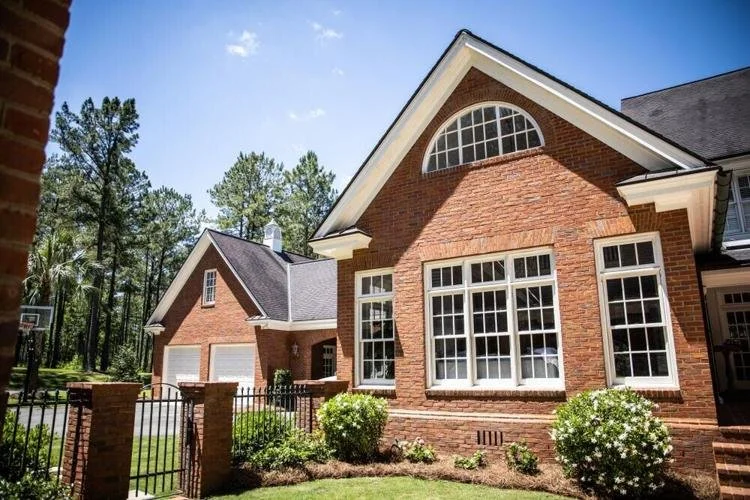Pennsylvania Has the 15th Lowest Home Price-to-Income Ratio in the U.S.
One of the major economic stories in recent years has been the lasting impact of inflation. While year-over-year wage growth in the U.S. remains above pre-pandemic levels, the benefit of rising wages for most households has been limited by increasing prices in many consumer categories. The U.S. Bureau of Labor Statistics is still reporting price increases of more than 3%—notably above the 2% target inflation rate. Recent increases in the CPI primarily came from increases in the cost of dining out, transportation, and shelter.
The latter category tends to be a major pressure on household incomes. Housing is the largest regular expenditure for most households, so the failure of wages to keep up with housing prices can make housing costs even more expensive in real dollars. And since the onset of the pandemic, housing prices have skyrocketed, with the cost of homes sold in the U.S. increasing by more than 40%.
Income growth lagging behind rising housing costs, however, is not a recent development. The rate of growth of median income has trailed behind that of home prices for at least the last two decades. From 2000 to 2022, the median annual household income in the U.S. increased by 77.6%, from $41,990 to $74,580, while the median home price nearly tripled—a 170% increase—from $123,086 to $332,826, according to data from the U.S. Census Bureau and Zillow. On an inflation-adjusted basis, household incomes increased by just 4.5% since 2000, while home prices increased by 59.1%.
Geographical Differences in Home Price Growth
The gap between wage growth and home price growth may be most severely felt in areas where home prices are increasing the fastest. States in the Mountain West have shown the most rapid increases in housing costs in recent years, led by Montana, where the median home price is up by 71.2% just over the last five years. Other fast-growing western states like Idaho, Arizona, Utah, and New Mexico have also seen rapid home price increases over that span.
Price-to-Income Ratio by State
Many of the Mountain West states that saw home prices soar in recent years are now among the national leaders in home price-to-income ratio. The ratio of median home price to median income is one indicator for housing affordability. Nationally, that ratio is 4.7, but the top 10 states—nine of which are found in the West—currently have ratios of 5.7 or greater. The top states are Hawaii (9.1) and California (8.4), two of the states with the highest home prices and long-running issues with affordable housing. And at the local level, some California cities exhibit even starker ratios, with four of the top five most expensive large cities in the U.S. all being located in the Golden State.
This analysis was conducted by Construction Coverage, a website that compares construction software and insurance, using data from Zillow and the U.S. Census Bureau. Researchers ranked locations by the median home price divided by the median annual household income.
Here is a summary of the data for Pennsylvania:
Home price-to-income ratio: 3.6
Median home price: $255,570
Median household income: $71,798
5-year change in median home price: +42.7%
Mortgage holders spending >30% of income on housing: 24.1%
For reference, here are the statistics for the entire United States:
Home price-to-income ratio: 4.7
Median home price: $347,716
Median household income: 74,755
5-year change in median home price: +49.2%
Mortgage holders spending >30% of income on housing: 27.8%

